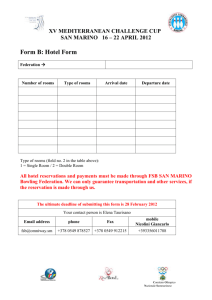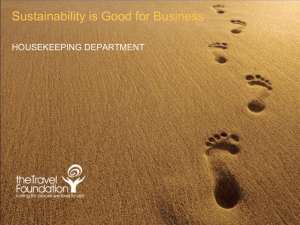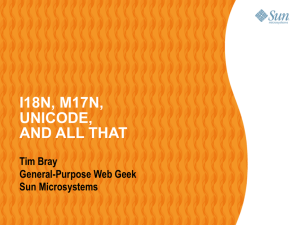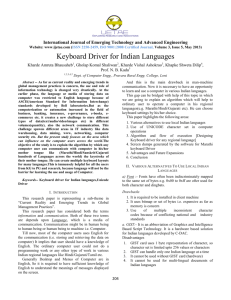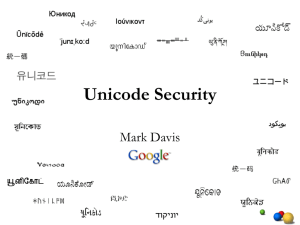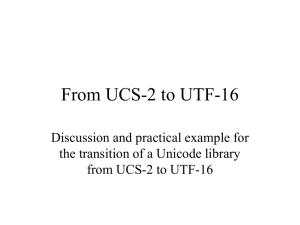Algorithms – Abstraction - Learner activity - Lesson element
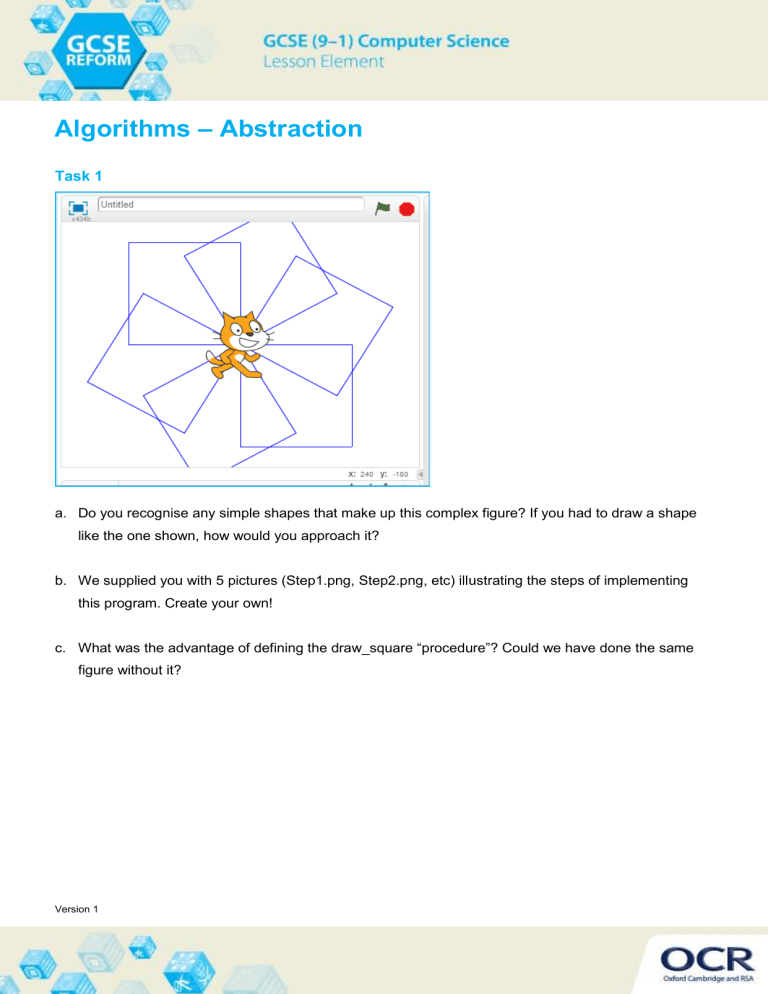
Algorithms – Abstraction
Task 1
a. Do you recognise any simple shapes that make up this complex figure? If you had to draw a shape like the one shown, how would you approach it? b. We supplied you with 5 pictures (Step1.png, Step2.png, etc) illustrating the steps of implementing this program. Create your own! c. What was the advantage of defining the draw_square “procedure”? Could we have done the same figure without it?
Version 1
Task 2
Chinese Han characters at first look quite complex compared to English letters of the Latin alphabet. See here: http://unicode.org/charts/PDF/U4E00.pdf
However, some of them are made of multiple words or concepts and reading such a letter requires breaking the shape into its components, or as we say, "decomposing" it into sub-algorithms. Research a couple of such characters and find out what the component parts of it are.
Decomposition is often necessary when explaining something to others. Research the use of abac us’ and write a set of steps required to perform a few calculations. What is the hardest thing to do with an abacus? How many steps would that require?
Task 3
A well-known problem involves getting some creatures across the river in the same boat (such as described here: http://en.wikipedia.org/wiki/Fox,_goose_and_bag_of_beans_puzzle ). Discuss what happens if the farmer uses the wrong algorithm to carry them across?
Can you make this problem more complex by introducing another creature that is dangerous to any of those present in the puzzle already.
Task 4
The following algorithm aims to draw a letter "W". It has all the necessary steps but in the wrong order.
Showing your algorithmic thinking, a. correct the algorithm; b. modify it to draw the letter "X"; c. extend the algorithm to draw a Chinese Han character.
The following link contains the Unicode table for main Han characters: http://unicode.org/charts/PDF/U4E00.pdf
d. Looking at the letters, which one is the easiest to create an algorithm for and why? e. Which one is hardest and why? f. Can you estimate the maximum number of steps in algorithm to draw the most complex of them?
Version 1
Task 5
When booking into this hotel, you make it to your floor and this sign is the first thing you see.
Rooms
300 – 318
319 - 327
If you are looking for room 318, you will not have to search the entire floor, just the left side. To simplify the search for your room, the hotel conveniently numbered their rooms in sequence and placed the entrance to the floor in the middle, so that you can halve your search effort and time. You know by now that "binary" could be translated "one of the two options" - which is what the hotel gives you here - left or right. Imagine that if you do go left and about half way through that side of the floor, the corridor turns and branches out into further 2 halves with numbers ‘319-321’ and ‘322-327’.
Which way will you turn?
Binary Search
A hotel has 120 rooms located on 3 floors and 4 lifts/staircases. Design a floor plan (or signs for a given floor plan) for each of the lifts/staircases. Assuming a person starts at lift 2.
Version 1
How many signs will they see before they find their room?
Given pseudocode for a binary search, write it as (a) structured English; (b) code in your preferred high level language.
Version 1
Linear Search
Given pseudocode for a linear search, write it as (a) structured English; (b) code in your preferred high level language.
Version 1
Task 6
We create a sprite that is a small square, we can finetune the size later, and we use the “stamp” feature of Scratch to imprint this square sprite as many times as the value of a list item. In the diagram left you can see that the first number in that list was 9 and you can see that the first
“column” has 9 stamps of a square and so on.
You can also see that 10 came up 3 times.
Version 1
Version 1
The program below has two parts. The first part is the procedure called “draw_bar” which takes a number as input, e.g. 9 and stacks 9 squares on top of each other – creating a visual representation of that number. The next list element is 1, so the procedure only stacks 1 sq uare. We create procedures by going to “More
Blocks” and choosing “Add number input” under the Options.
The contents of the procedure…
We have to set y to a reasonable number that allows us to draw all 10 columns, we chose -
100.
We have a loop which stamps the square onto the stage and moves higher to stamp again, etc.
Once we built our column, we move the sprite to the right to be ready to do the next one.
This is the rest of the program.
The first loop generates 10 random values, the second loop iterates through the list and for each list element it calls the procedure “draw_bar” which would pick up the value of the element and stack as many squares on top of each other as is the value of the list element. a. Implement the program shown above in Scratch or your favourite language. b. Extend the program with a bubble sort algorithm, so that every time there is a swap in the algorithm, the plot gets updated (either clear the screen and draw again or jump to a random colour and plot over the previous iterations). c. Implement Insertion and Merge Sorts in a similar manner.
Version 1
Task 7
Create or research and find an algorithmic problem, and write it in all 3 forms. You can warm up with the provided 2 structured English problems.
Flowcharts Pseudocode Structured English
Task 1 A number guessing game: first, generate a random number between 1 and 20. Ask user to guess a number between 1 and 20. If their guess is lower than the generated number, display a message “higher”, otherwise –
“lower”. Allow 3 attempts to get it right.
Task 2 Animal ages - a program to convert dog or cat years into their human equivalents. The program needs to ask the user for their choice of animal and should allow them to enter the age. The output should be the equivalent human age for the animal.
The formulae for converting these animal ages to human equivalents are:
DOG: 11 dog years per human year for the first 2 years, then 4 dog years per human year for each year after. CAT:
15 years for the first year of life, 10 for the second year and 4 for each year after. http://www.ocr.org.uk/Images/72892exemplar-material-units-a452-anda453-sam.pdf
Version 1

